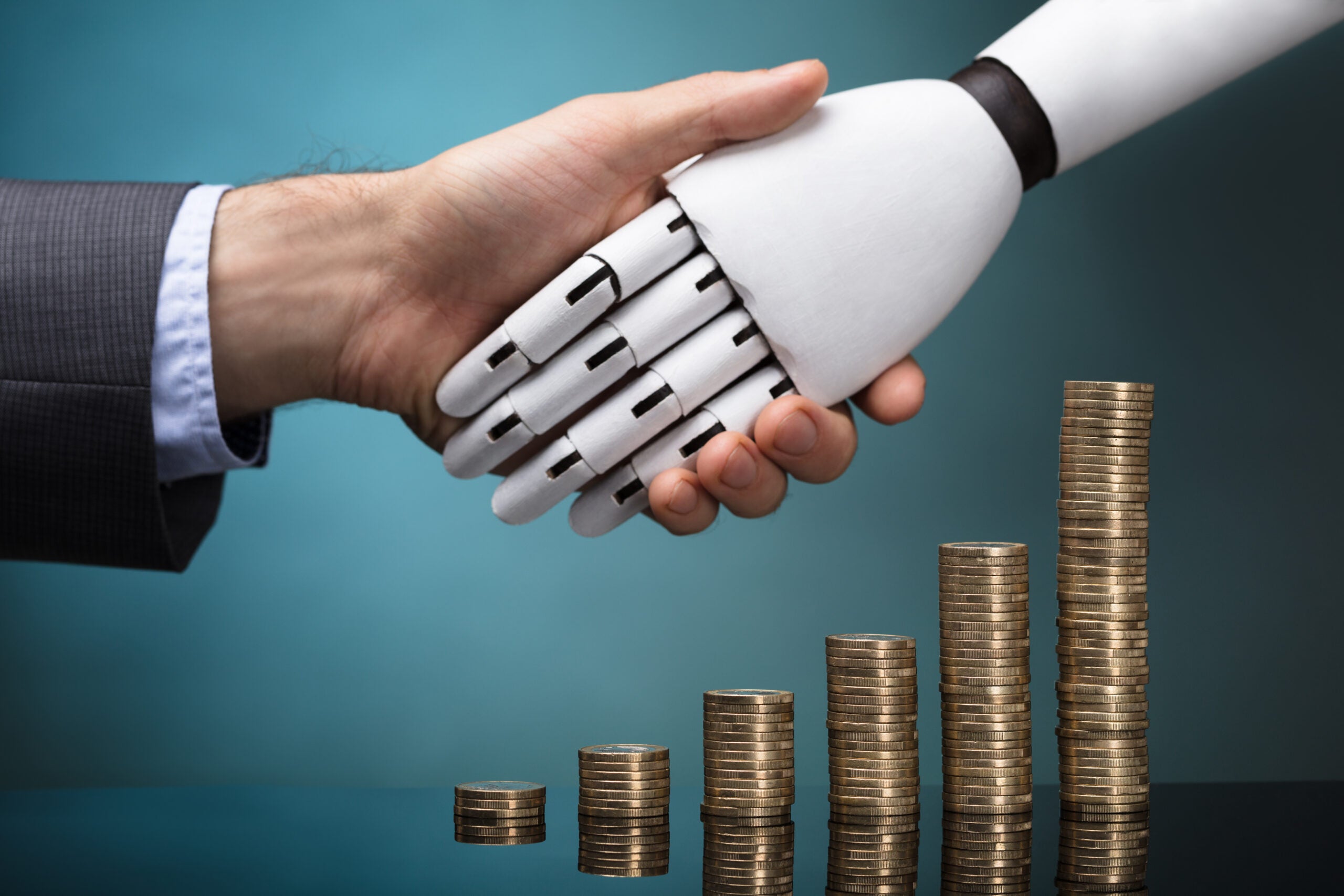
The financial services industry was one of the first to adopt artificial intelligence (AI) in the early 80s.
The complexity of the markets led to significantly larger data sets than found in other sectors and, along with the need for improved customer experience and efficiency, this meant financial services as a sector was more willing than others to adopt the emerging technology.
Historically, decision-making in traditional trading was based on human intuition and extensive knowledge of finance and economics.
However, with developments in computing and evolving technologies, many of the bigger traders started to formalise and automate their trading ideas in the form of trading rules. These rule-based systems centred on both market and fundamental data analysis, such as price and volume information, and public information about the traded assets.
Enter trading-bots
The introduction of trading-bots, software programmes that automate trade executions based on an underlying set of rules, was the next natural step to these first rule-based systems.
While such bots have transformed the markets, they are largely held back by their reliance on human intervention. Traders still have to come up with the parameters based on previous experience and judgments made by market experts. Such trading-bots are ubiquitous in today’s market, and open-source projects have made these basic tactics available to the masses.
How well do you really know your competitors?
Access the most comprehensive Company Profiles on the market, powered by GlobalData. Save hours of research. Gain competitive edge.

Thank you!
Your download email will arrive shortly
Not ready to buy yet? Download a free sample
We are confident about the unique quality of our Company Profiles. However, we want you to make the most beneficial decision for your business, so we offer a free sample that you can download by submitting the below form
By GlobalDataWhile trading-bots themselves are not strictly artificial intelligence, efforts to refine these systems in recent years harness AI to test the best parameters for a given strategy or alternatively, enable AI to choose from multiple strategies available.
Yet, even these approaches have struggled to scale. As such, we are now seeing true AI and machine learning being leveraged in the industry; continually learning, producing and refining algorithms and investment strategies. By harnessing industry and trading experts along with creating trading systems that allow AI to play a larger role in the creative process, AI is having a more positive impact on the financial services sector than ever before.
The democratisation of AI
However, up until now, such AI and machine learning algorithms have only been used by investment bankers and hedge funds at top global firms. We are starting to see a democratisation of AI technology, enabling everyday consumers to harness this powerful technology for themselves.
One of the best examples of how AI is shaking up traditional finance trading is seen in the trading of commodities. Whether related to food, energy or metals, commodities are one of the oldest forms of trading and commerce in the world. They are an important way of diversifying a portfolio beyond traditional securities to reduce and improve rates of return.
It used to be that the average investor rarely chose commodities as a form of investment as it required large amounts of expertise, time and money. However, with the democratisation of powerful AI and machine learning algorithms, those who were once prevented from trading in commodities are now able to do so.
AI finance trading in speculative markets
AI-based algorithms have also opened the door to trading successfully and safely in nascent and speculative markets, such as cryptocurrency. Naturally less predictable and different in numerous ways to traditional financial markets, the cryptocurrency market’s value is not steadfastly defined and prone to wild volatile swings both up and down.
In this constantly changing world, it’s undebatable that data analysis and AI is the key to unlocking the dynamics of this market and ensuring overall success for investment.
While humans are susceptible to letting emotion cloud their judgement, machines simply do not have this problem and as such work more efficiently. Able to identify trading signals that are almost impossible for humans to recognise, machines are much better suited to trading in particularly volatile markets such as cryptocurrencies.
Harnessing AI algorithms has enabled crypto investors to avoid high-risk margins and inefficiencies that invariably arise with human-influenced trading, especially when such markets are overheated or depressed by blind pessimism. AI-driven algorithms are also able to counteract market manipulation; detecting, analysing and acting on any anomalies in the market when in their infancy.
Strategies that would take around 300 financial analysts to create can now be done by an AI-based algorithm in 48 hours. Replacing gut instinct and intuition with facts as well as artificial and data-based powerful intelligence streamlines the whole trading process when in volatile, nascent markets such as cryptocurrency.
Ultimately, AI has fundamentally changed the way in which the financial services industry trades; reducing the need for human involvement by proving its benefit through increased efficiencies and higher returns on investments.
While we have seen open-sourced trading-bots for a number of years, there are a handful of companies who are making truly sophisticated AI algorithms available to the general public so that everyone can have the strategic advantage when investing.
This technology is no longer the reserve of the wealthy elite, but rather ready and waiting for anyone who wants to take advantage.







